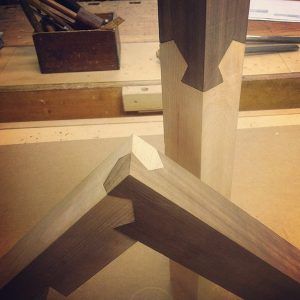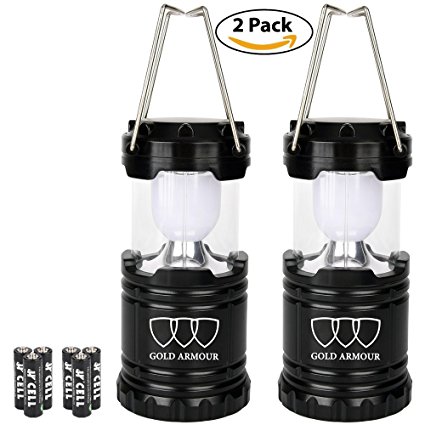In Japan, you can see pagodas erected 1500 years ago, withstanding typhoons and earthquakes alike. How are those old buildings still standing?
These complex buildings are the product of a master craftsmanship technique that’s still alive today–called Kanawatugi, or Kanawa Tsugi.
It’s hard to believe, but traditional Japanese carpentry techniques use NO nails, screws, or metal fasteners of any kind–only wood!
Where two pieces of wood must connect, the carpenter cuts a series of interlocking notches that join together snugly, rendering the use of metal obsolete.
They insist that constructing buildings this way makes them stronger and more durable, even in the face of natural disasters.
Metal is extremely rigid compared to wood, which means that it doesn’t “give” when pressure is applied.
Wood, conversely, can flex and bend without breaking completely–and that is why Kanawatugi-style buildings are so strong.
More modern carpenters and woodworkers are taking an interest in traditional joinery.
Techniques like splines and mortise-and-tenon joints are still used today. Miters are still quite common in smaller woodworking projects.
For example, this forest-dwelling man is building his entire two-story home using only chisels and hammers, and other hand-powered tools. He employs similar techniques to Kanawatugi.
Watch how Kanawa Tsugi is done here!
You can also queue up this fantastic 25-minute documentary on YouTube, called Building Without Nails The Genius of Japanese Carpentry.
Get these LED lanterns here on Amazon!
Nails are expensive and wasteful, so building without nails is a fantastic concept–especially if Kanawatugi makes stronger buildings!
Have you ever heard of Kanawatugi?






